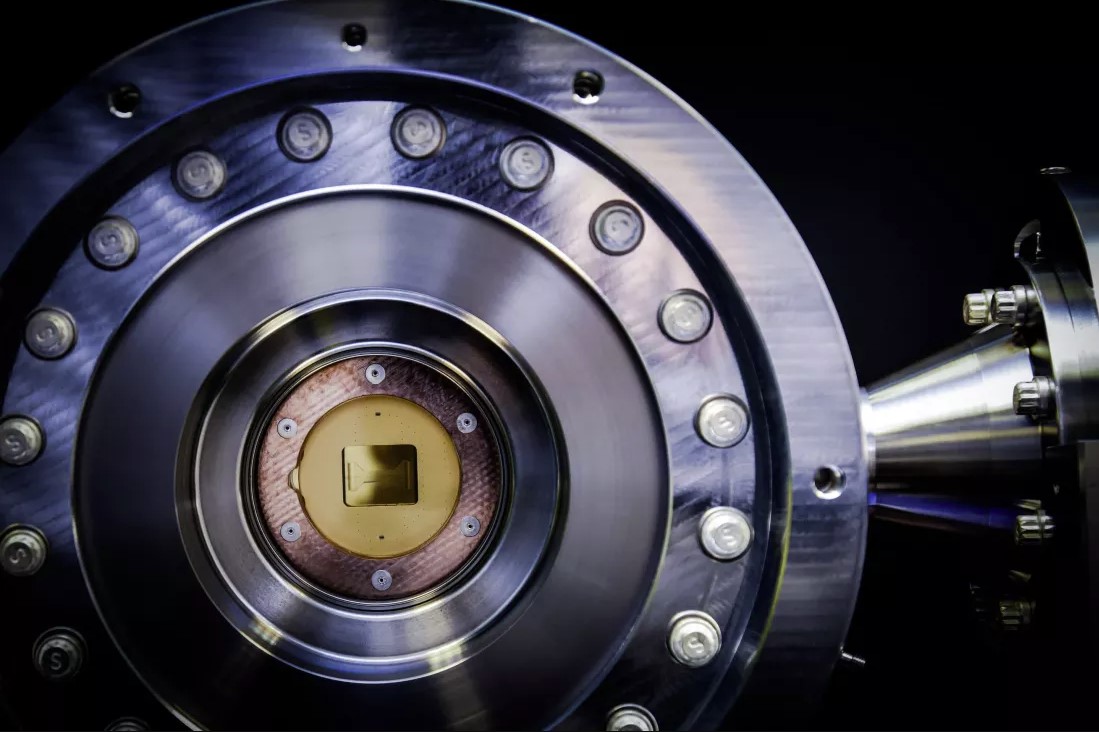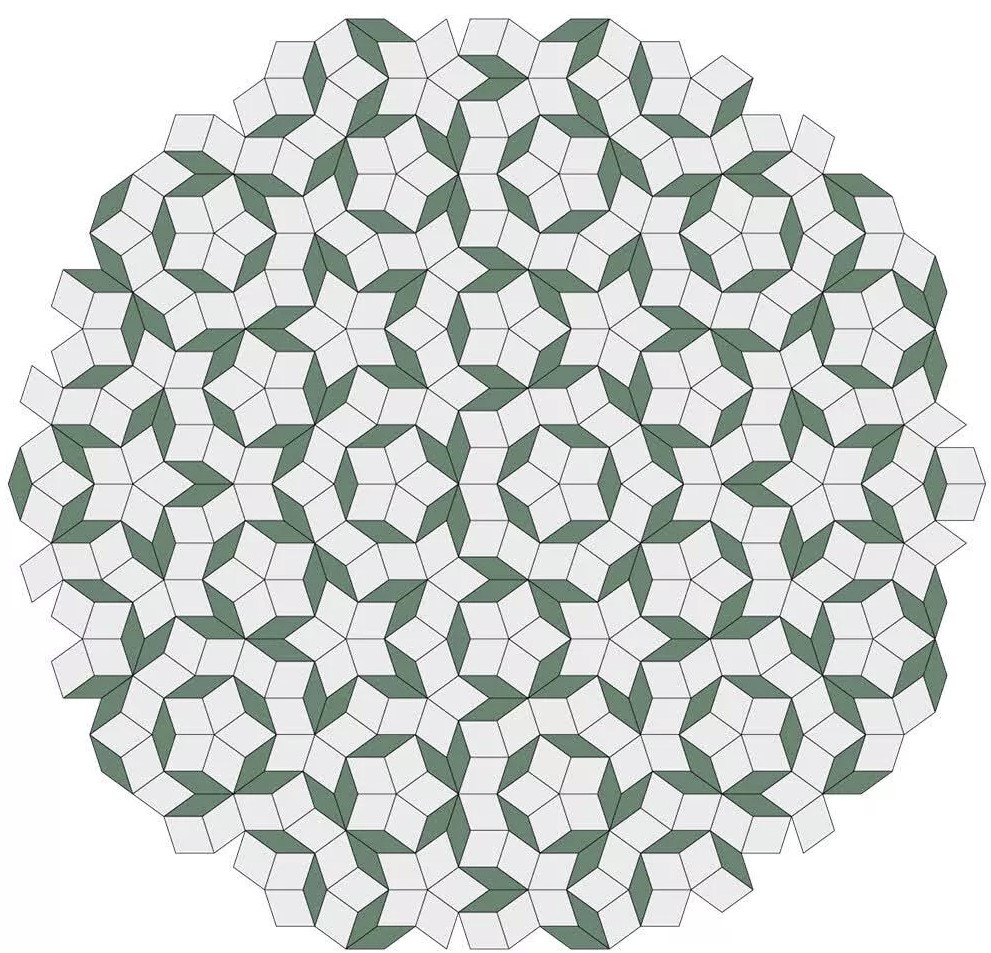Physicists have created an unusual phase of matter with two dimensions of time

Scientists from the Center for Computational Quantum Physics at the Flatiron Institute in New York have created a new, never-before-seen phase of matter. Its peculiarity is that atoms have two temporal dimensions, although they exist in our single time stream. Physicists created this strange phase of matter by firing a laser with a pulse based on the Fibonacci sequence at the atoms used inside a quantum computer. They claim that this could be a breakthrough in quantum computing because it could protect stored information from errors that occur in current quantum storage methods. Data degradation still occurs, but at a much slower rate.
The lead author of the paper, Philip Dumitrescu, said that he has been working on this theory for more than five years, but this is the first time that it has been "realized" in practical experiments. The researchers implemented their theory by illuminating ions of the element ytterbium with laser pulses in quantum computers. When they collided with the ions in a standard repeating pattern (AB, AB, AB…), the qubits remained quantum for 1.5 seconds, which they noted was an incredible improvement.
However, when they irradiated the ions with pulses according to the Fibonacci sequence (A, AB, ABA, ABAAB, ABAABABA…), the qubits remained quantum for 5.5 seconds. The results are remarkable considering that the average lifetime of a qubit is about 500 nanoseconds (0.00000005 seconds). This short lifetime is due to the fact that the qubit leaves its quantum state (where it exists as both a 1 and a 0) every time it is observed or measured. Even interactions with other qubits are enough to destroy this quantum state.

The physical processes that are the basis of the experiment can be illustrated on the mosaic pattern of Penrose. Like typical crystals, this quasicrystal has a stable lattice, but a non-repeating structure. This pattern is a two-dimensional representation of a five-dimensional square lattice. The researchers wanted to create the same symmetrical structure, but they built it not in space, but in time. Physicists used a pulsed laser with a Fibonacci sequence to create a higher-dimensional qubit that has "temporal symmetry." When "squeezed" into our four-dimensional space, the resulting qubit has two time dimensions. This extra dimension protects the qubit to some extent from quantum degradation. However, it only applies to the outer "edges" of the series of 10 ytterbium ions (the first and tenth qubits).
Although the physicists have demonstrated that this method creates much more reliable qubits, they admit that there is still a lot of work to be done. This new phase of matter could lead to long-term storage of quantum information, but only if they can somehow integrate it into a quantum computer.
Source: www.techspot.com